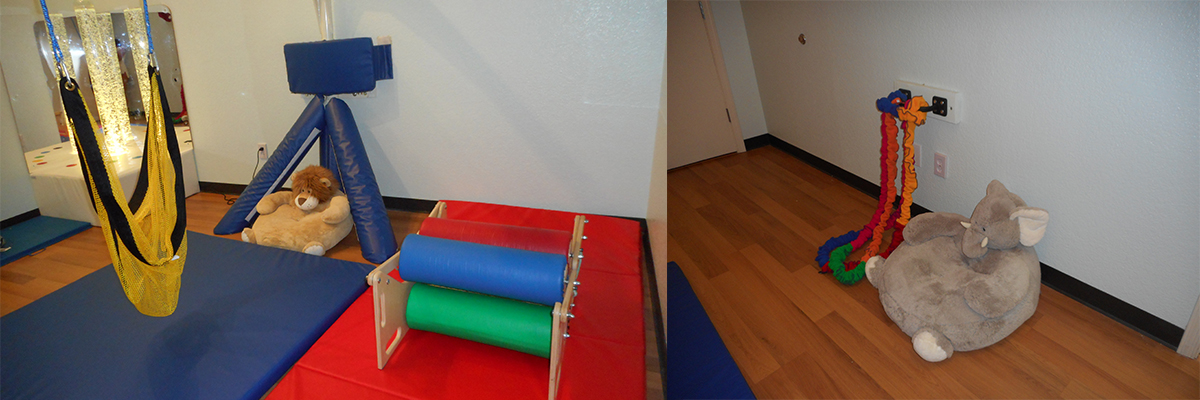
Sensory integration therapy plays a significant role in the work we do with children in our emergency shelters. When a child comes to the shelter, either through the Department of Child Safety or a Community Placement, specially trained staff and volunteers assess each child’s situation and develop a plan to address any development deficit.
When a child comes to the shelter, either through the Department of Child Safety or a Community Placement, specially trained staff and volunteers assess each child’s situation and develop a plan to address any development deficits. By using specialized teaching materials and techniques, the staff is able to help with academic skills, attention, emotional security, fine and gross motor skills, self-comforting, speech and language skills, self-esteem, self-regulation, and social skills.
So what is sensory integration? According to A. Jean Ayres, occupational therapist and educational psychologist who was known for pioneering work in sensory integration, it is “the neurological process that organizes sensation from one’s own body and from the environment and makes it possible to use the body effectively within the environment.” What that means is our senses work together to organizes and process incoming sensory information from the world around us. Information is received from both inside and outside our bodies and when our sensory system works together, it allows us to interact with the environment in purposeful and meaningful ways. If this process is disrupted, normal development and behavior cannot occur, which is the case with many of the children in our shelter.
“Adults are able to understand what they can tolerate and have developed coping skills and problem-solving abilities to deal with the world around them. Most of the children in our shelter don’t have this ability, resulting in disrupted development and behavioral issues. This is where sensory integration therapy comes into play,” says Linda Ponter, of Child Crisis Arizona.
The five main techniques used at the shelter are:
Each of these techniques calm the child and enable them to begin to stabilize their sensory system to eventually create normal development and behavior.
The Mesa Emergency Children’s Shelter is home to a Sensory Room, an inclusive space where children can engage and explore their senses. The room includes equipment that provides a multisensory experience with visual, auditory, tactile, vestibular and gross motor activities. Our Sensory Room has been able to integrate more in-depth specialized sensory therapy for all of the children in the shelter.
The Sensory Room was partially funded by the Hickey Family Foundation. After attending a tour of our emergency shelter and hearing a story about a young girl who was able to overcome her frequent aggressive behaviors, due in large part to sensory integration therapy, the Hickey Family Foundation provided a grant for the development of a Sensory Room at our shelter. Thank you to the Hickey Family Foundation and our dedicated staff and volunteers for making sensory integration therapy available at our shelter.